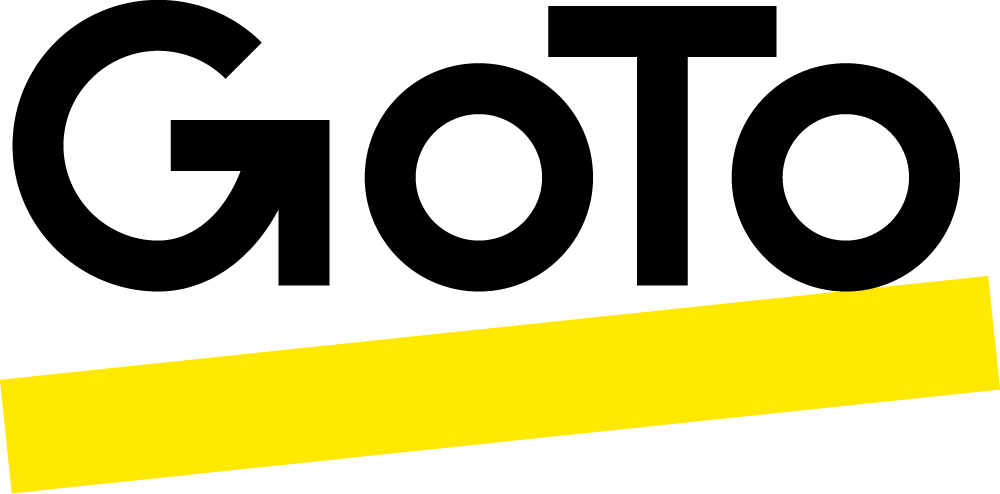As more and more businesses shift towards hiring remote employees, the need to ensure that geography doesn’t get in the way of productivity becomes more apparent.
Today, it’s not uncommon for a business to have team members spread out across different locations. This means a lot of colleagues probably haven’t met face-to-face, but are still expected to work closely and ensure timely, high-quality work.
However, according to Harvard Business Review, in a study conducted across over a thousand employees, remote employees feel that in-house teams don’t treat them equally. As a result, they tend to feel left out, especially when it comes to making critical project decisions. This ultimately results in lower productivity, costs incurred due to errors, an inability to collaborate, higher stress, lower retention, and a negative impact on team morale.
To avoid these downsides, here are some ways managers can ensure a high-performing geographically dispersed workforce:
1. Develop an open and friendly internal culture.
As a business, one of your goals is to create and build a positive brand and customer experience. With so much focus on this, businesses tend to forget about cultivating their internal culture.
Defining an open and friendly internal culture, however, is critical to keeping your workforce engaged. It makes it easier for teams to communicate and reach out to one another, no matter where they’re geographically located.
Consider using technology to help with this. Hosted VoIP offers robust features that can ensure teams are in constant communication during work hours, no matter where they’re located.
2. Pay attention to your onboarding experience.
First impressions make a powerful impact on your remote teams. From here, your potential employee will form opinions about how you run your business, your work ethics, and the company culture.
Given this, map out an employee journey that starts with the hiring process all the way to their first day as part of the team. This allows you to identify touch points that underscore key processes teams have to learn. This goes well beyond tasks associated with the job description. Also, identify processes that foster open communication between in-house and remote teams to show that your office culture appreciates openness and candor.
3. Know what you have to track.
Measuring productivity can be difficult with remote teams. It’s also important to note that measuring productivity isn’t the same as tracking attendance. While it’s important, you can’t necessarily ensure quality work simply because an employee clocked in.
Try using available communication tools to ensure that you’re able to align with team members and obtain periodic updates. Regular conference calls with the entire team, whether in-house or remote, means everyone can stay in the loop. Another option would be to use Unified Communications software to automate your collaboration and tracking process.
4. Work with transparency.
Transparency is critical to ensuring everyone is on the same page, especially with remote teams. It’s your first step toward building a level of trust with team members who aren’t physically present. Doing so ensures they can be counted on to actually deliver work and maintain optimum operational efficiency.
Running a business that relies on remote teams has its own set of challenges. Fortunately, with technology and insight on how to maximize these tools, you will be more than ready to take them on. If you want to know how GoToConnect can help, contact us today.






